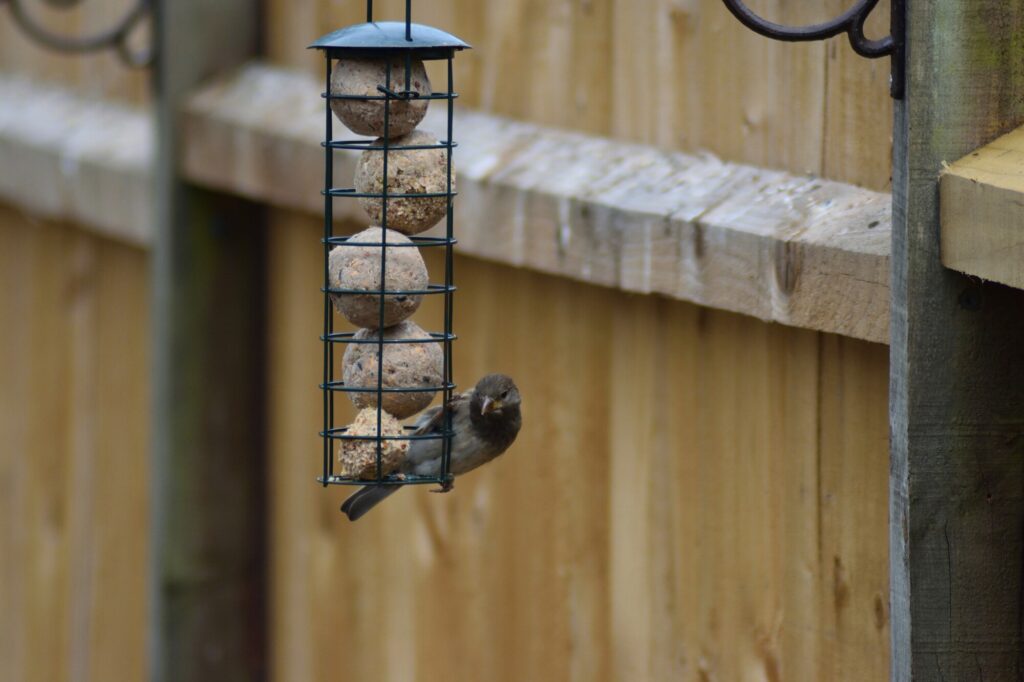
What Are the Different Types of Birdseed That Exist Today?
Did you know that there’s been an explosion in birdwatching since the pandemic started? The Audobon Society said their website traffic increased by 23% in March and April of 2020!
With nowhere to go, we have no option but to look outside for entertainment. So you might’ve found a new appreciation for all the wildlife in your own backyard!
Now that you’re so intrigued by it, you want to entice more birds.
But what types of birdseed should you use? What’s available out there? And what’s the best birdseed to ensure the birds stay nice and healthy?
Read on to find out!
Millet
Look at any birdfeed mix and we can guarantee that you’ll find millet in it. This is a grass seed that comes in both white and red varieties.
Millet is high in fat, as well as starch and protein. So it’ll be good to add to the natural diet of birds.
Because millet is very fine (it’s smaller than rice!), it’s an excellent option if you want to attract smaller birds to your yard. You’ll be able to attract birds like sparrows, finches, towhees, buntings, and juncos!
Black Oil Sunflower Seeds
By far, the most popular type of birdseed that people put in outdoor feeders is black oil sunflower seeds! This type of sunflower birdseed is very versatile, as a wide variety of birds love to eat it. They include sparrows, finches, jays, woodpeckers, chickadees, cardinals, and more!
Plus, sunflower seeds have a high oil content. This means that each seed packs a punch when the birds feast on them!
In most birdseed mixes, you’ll find black oil sunflower seeds. These are smaller than the striped ones, but for good reason. They’re more economical, which means you can fit a lot more seeds into a bag than with striped sunflower seeds.
Not only can you buy sunflower seeds in birdfeed, but you can also get them in seed blocks and cakes. You can hang these up for special occasions, as you can find blocks and cakes formed into hearts, bells, and other fun shapes!
Striped Sunflower Seeds
In addition to the black oil type, you’ll often find striped sunflower seeds in birdfeed mixes. This seed is also high in fat and oil, so birds are sure to love it! In fact, many of the birds from the above list will like munching on striped sunflower seeds.
However, do note that birds will prefer black oil sunflower seeds since they’re smaller and easier to eat. Bigger birds (like jays, grackles, and cardinals) will go for the striped version though.
Hulled Sunflower Seeds
Don’t want to have a mess at your birdfeeder? Then consider getting hulled sunflower seeds! These are very attractive for songbirds, so you’ll have a cheerful chorus in your yard.
These are a lot easier for birds to eat since they don’t have to crack through a shell. And because the hulls are already removed, you won’t have waste in your yard. It’s a win-win situation!
Do note that these might be a bit more expensive than other seeds with hulls on.
Cracked Corn
Cracked corn is very economical, which is why you’ll find it in lots of birdseed mixes. It’s very rich in starch and oil.
Cracked corn is added as a filler, which may or may not be good for you. If you’re looking to feed smaller birds, cracked corn shouldn’t be something you want in your mixes. However, if you’re feeding larger birds from the ground (such as turkeys, ducks, pheasants, and quails), then cracked corn is optimal.
If you still want to feed your smaller birds corn, look into coarse-ground corn. This can easily be mixed in with other types of birdseed.
Safflower Seeds
Safflower birdseed looks a lot like sunflower seeds, but in a white color. So you’d be surprised to learn that it comes from a plant that’s completely different!
Typically, medium to large songbirds like to feast on safflower seeds. In particular, cardinals, doves, and titmice go nuts for them.
While other songbirds will also eat safflower seeds, they prefer to eat sunflower seeds. So you’ll notice the safflower seeds untouched sometimes, especially if there’s plenty of sunflower seeds around.
Like with hulled sunflower seeds, safflower seeds are more expensive than other birdfeed. So you probably won’t want to put just safflower seeds in your birdfeeder. Instead, mix it with some cheaper feed, like millet or sunflower chips.
The one plus side of safflower seeds is that because it has a bitter taste, only birds will want to eat it. If you have an issue with pests like squirrels, safflower seeds can be a good deterrent.
Nyjer Seeds
If you’ve looked at birdseed mixes before, you might’ve been curious about the black bits in them that almost look like wild rice. Well, they’re nyjer seeds, also known as thistle seeds!
These are yet another type of seeds that’s rich high in oil and fat. But they’re also rich in protein, which gives them an amazing trifecta.
Nyjer seeds are great for small birds, such as juncos, goldfinches, siskins, and redpolls. They’re also versatile, as they can be put into feeders and any that spill out are eaten up quickly by groundfeeders.
This type of birdseed is somewhat pricier. But considering that it’s eaten by a wide variety of birds, it actually works out (financially) in the end.
If you’re looking for good-quality birdseed, check out https://nature-niche.com/.
Get All Types of Birdseed for Your Backyard
Whether it’s sunflower, safflower, or nyjer seeds, you can buy all types of birdseed to feed the wildlife in your yard. So pick and choose the best feed to attract the most amazing wildlife onto your property. You never know what you might spot!
Keep browsing our blog for more informative articles!
